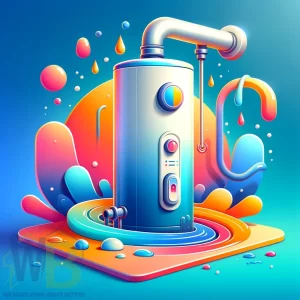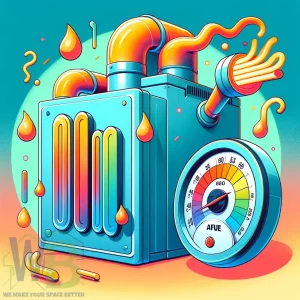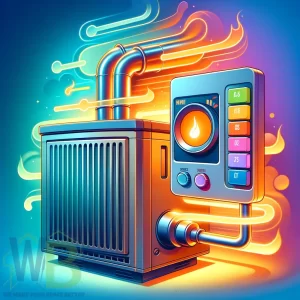When it comes to ensuring the smooth operation of a hydronic heating system, checking the water pump is crucial.
This component is responsible for maintaining the flow of hot water throughout the system. Recognizing the importance of a well-functioning water pump, we’ll explore the key steps to check and maintain it.

Quick Summary
| Section | Key Points |
|---|---|
| 1. Inspect the Pump | – Look for unusual noise, vibration, or leaks. |
| – Assess the pump’s overall condition. | |
| 2. Check Water Pressure | – Ensure water pressure is at the recommended level. |
| – Use a pressure gauge for accurate readings. | |
| 3. Inspect for Loose Components | – Check connections, fittings, and fasteners for tightness. |
| – Ensure all components are secure. | |
| 4. Consideration for Check Valves | – Install check valves to prevent backflow. |
| – Maintain system integrity with proper valve placement. | |
| Conclusion | – Regular maintenance and professional assistance are key. |
1. Inspect the Pump
The first step in checking a water pump in a hydronic heating system involves thoroughly inspecting it. It’s essential to look out for signs that might indicate a problem. These signs can include:
- Unusual Noise: Listen for any strange sounds from the pump, like grinding or rattling, which can suggest internal issues.
- Vibration: Excessive shaking or vibration might indicate an imbalance or a problem with the pump’s mounting.
- Leaks: Check for any water leakage around the pump. Leaks can lead to reduced efficiency and potential damage to other components.
2. Check Water Pressure
The water pressure in your system plays a vital role in the efficiency of the pump and the overall heating system. Here’s what you should do:
- Pressure Levels: Make sure that the water pressure is at the correct level. Too low or too high pressure can affect system performance.
- Gauge Check: Use a pressure gauge to get an accurate reading and compare it with the recommended levels for your specific system.
3. Inspect for Loose Components
Loose components can significantly impact the operation of the water pump. It’s important to:
- Connections and Fittings: Examine all connections and fittings related to the pump. Ensure they are tight and secure.
- Fasteners: Check any fasteners on the pump for tightness. Loose fasteners can cause operational issues.
4. Consideration for Check Valves
In hydronic systems, the installation of check valves is an important consideration. A check valve, especially when placed on the pump discharge, can:
- Prevent Backflow: It helps prevent water from flowing backward through the pump when not operating.
- Maintain System Integrity: This ensures the system functions as intended without reverse flow interruptions.
Conclusion
Regular inspection and maintenance of the water pump are integral to the efficient operation of a hydronic heating system.
While these steps provide a basic guide, seeking professional assistance for complex issues or, if unsure about handling the system’s maintenance, is always recommended.
This ensures your heating system remains in top condition, offering efficient and reliable performance.







